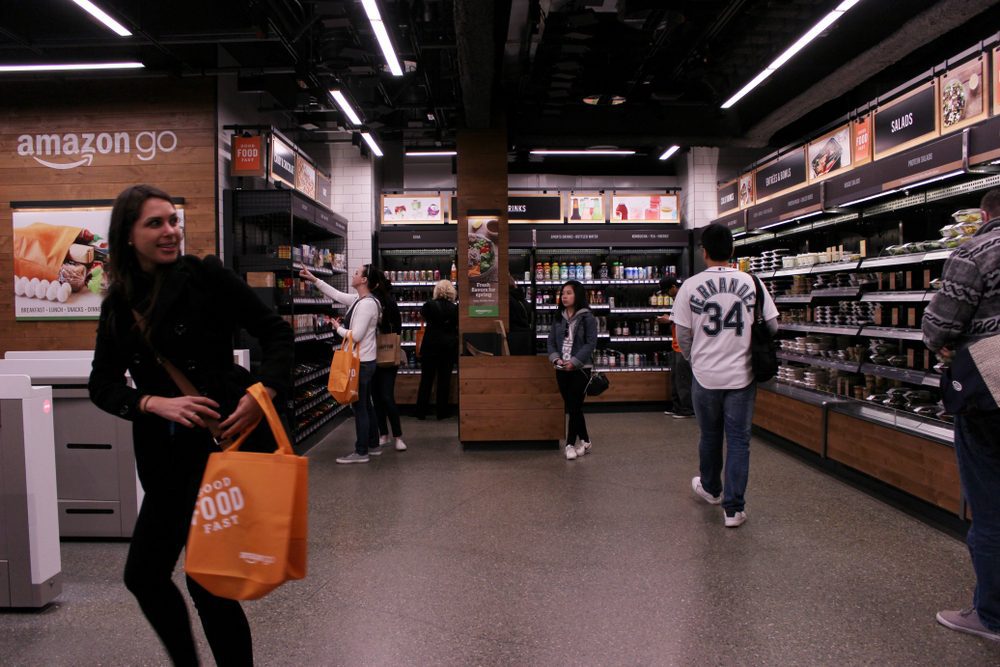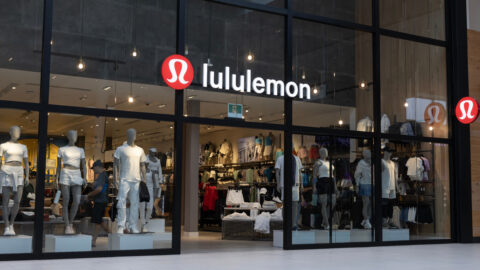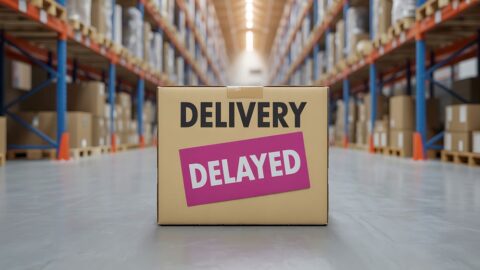While cashierless stores aren’t quite mainstream, they are gaining a foothold: 14% of retailers responding to the 2019 Retail TouchPoints Store Operations Benchmark Survey said they operate cashierless stores, and another 4% say they plan to open them. So while cashierless stores may currently be a niche phenomenon, they represent the next disruptive stage in the industry’s evolution.
Some of the forces shaping the adoption of cashierless retail include:
- Customers: Shoppers already are comfortable with cashless payments and self-service, which has primed them for further friction-reducing efforts;
- Providers: The technology is still relatively new and expensive, but this will likely change as larger players enter the market; and
- Strategies: One of the hurdles to mass adoption may be retailers themselves — adopting new, unproven technology is much riskier than sticking with tried-and-true operations.
Amazon is the best-known operator of cashierless stores, and the e-Commerce giant has been steadily (if slowly) adding to its Amazon Go footprint. Additionally, CNBC recently reported that the company plans to make its cashierless technology available to OTG’s CIBO Express stores at airports and Cineworld’s Regal movie theaters. Amazon has not confirmed its plans in this area.
It’s only a matter of time before retailers adopt this technology at scale, according to Jerry Sheldon, Retail Analyst at IHL Services, who describes himself as “bullish” on the potential of cashierless technology. He estimated that cashierless checkout will be as prevalent in 15 years as self-checkout is today.
“Self-checkout is somewhat of a disruptive technology, mobile POS has been somewhat disruptive and consumer mobile self-checkout is somewhat disruptive, but I don’t really know how to compare those to the change that cashierless checkout is going to bring to the marketplace,” said Sheldon in an interview with Retail TouchPoints. “And when you look at the addressable market for point of sale hardware and software on a worldwide basis, it’s billions of dollars, so the opportunity is absolutely massive.”
Cashless Tech Set The Stage For The Cashierless Revolution
The consumer-facing technology underlying cashierless experiences is already mainstream: 91% of consumers in developed markets made or received a digital payment in 2017, according to the Resilience, Replacement, and Renewal report by A.T. Kearney. As these payments grow more ubiquitous, it will become easier for retailers to remove the remaining points of friction from stores.
“Whenever we have new innovations like this, it creates opportunity for further innovation,” said Terry Toland, Associate in the Global Business Policy Council of A.T. Kearney in an interview with Retail TouchPoints. “The more that it gets adopted, the more opportunities [there are] to improve upon it, and find new ways to use it to streamline the consumer experience and try to maximize the potential benefits.”
Shoppers already are used to paying with the wave of a device, and the first generation of cashierless stores are preparing them for the next step. Amazon Go is the most well-known example of this technology, but Standard Cognition, Zippin, and Inokyo run their own stores, and Standard Cognition plans to open a cashierless souvenir shop in partnership with the Worcester Red Sox. Additionally, Ahold Delhaize is piloting a portable, cashier-free Albert Heijn convenience store in the Netherlands with AiFi, while Tesco entered a partnership with computer vision startup Trigo to pilot cashierless checkout technology in the UK.
Three Scenarios For Reaching The Next Tipping Point
The next step in the development of cashierless tech will be the involvement of bigger companies on the provider side. One possible path forward would be through the involvement of a major POS solution provider, one that could acquire these early startups and infuse their operations with an influx of cash to reduce installation costs and boost capabilities.
“I think the tipping point is going to occur when one of your traditional POS hardware players buys one of these VC-backed companies,” said Sheldon. “That’s really what’s going to get the market rolling, because then every other vendor is going to recognize that they have to have a competing technology to get into the game. When you have all these big-dollar companies with these large amounts of capital supporting them, that’s going to really help expedite the development cycles.”
Major tech-focused companies and retailers also could add cashierless store services to their broader portfolios, according to Suketu Gandhi, Partner in the Digital Transformation practice of A.T. Kearney. Retailers such as Kroger already have become involved in advertising, CRM and the supply chain, so they could easily see cashierless checkout as a natural extension of their existing offerings.
A third possibility is that one or more venture capital-backed startups manages to become a major player on its own. These companies aren’t standing still: Standard Cognition recently acquired DeepMagic, an automated retail startup, to use the company’s machine vision technology to accelerate its own cashierless retailing development.
Retailers Can’t Be Afraid To ‘Get Punched In The Mouth’
Even if the technology is getting there and shoppers are ready, mass adoption will require retailers to rethink the shopping paradigm they’ve been following for decades, according to Gandhi. While costs are currently prohibitive, they won’t be for long, and retailers need to be ready to break out of old mindsets before they become obsolete.
One aspect to consider is that eliminating cashiers isn’t an opportunity to eliminate positions — rather, it lets retailers put their associates in places where they will have a bigger impact. Workers freed from register duty can restock shelves to eliminate out-of-stock “holes” or patrol the floor to help customers.
Additionally, cashierless technology allows retailers to experiment with different layouts, since customers no longer need to be funneled towards a single checkout area. Larger retailers in particular can test a variety of approaches to find the one that will boost sales when applied chainwide, even if these early pilots run a risk of failure.
“Everyone has a plan until they get punched in the mouth,” said Gandhi, quoting Mike Tyson. Retailers need to prepare for and accept that punch so they can refine their plan and move on.
“Go with bold pilots — don’t shoot for the ground,” said Gandhi in an interview with Retail TouchPoints. “For large retailers, playing with a pop-up as a cashierless experience is easy. What stops me from taking a 140,000-square-foot store and saying ‘I’m going to take 10,000 [square feet] and make them into this physical-digital experimental space right now?’ Nothing.”
Smaller retailers also can benefit from cashierless stores, even if they don’t have as many resources to support experimentation. Freeing more associates can make the local shopping experience even more personal and convenient, increasing their primary advantage over the industry giants. Reducing friction improves sales just as well for a small specialty store as it does for a Walmart.
Perhaps the biggest advantage cashierless technology offers all retailers, regardless of size, is minimizing the gap between the brick-and-mortar and e-Commerce experiences. Web sites don’t have cashiers, but the most successful ones offer plenty of personalization and deep product info, and a frictionless store would be well-equipped to offer these same benefits.
“The journey right now is almost 180 degrees from what it was,” said Gandhi. “In the past, online guys learned from how physical retailers did it, and used their terminology. Now, physical guys are learning how to do retail from the online guys.”













